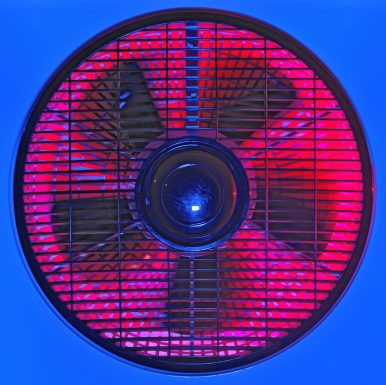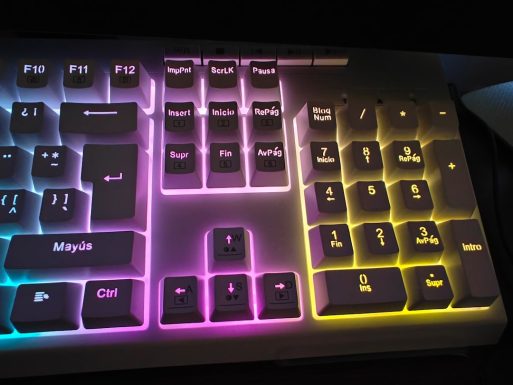The central processing unit, more commonly known as the CPU, is the heart of any computer system. Whether you’re building a gaming rig, buying a laptop for work, or upgrading a server, making the right choice about a CPU can dramatically impact performance, efficiency, and value. With so many options on the market, comparing CPUs can be overwhelming, especially for beginners. In this guide, we will walk you through the fundamental concepts and specifications to consider when comparing processors.
Understanding the Basics of a CPU
All Heading
At its core, a CPU is responsible for executing instructions and handling the logic of computer programs. The performance of a CPU is not determined by a single factor; instead, several key specifications influence its real-world effectiveness:
- Clock Speed (measured in GHz)
- Core Count and Thread Count
- Cache Size
- Instruction Set and Architecture
- Thermal Design Power (TDP)
- Socket Compatibility and Chipset Support
We will break these down and explain how to interpret them when comparing CPUs for your specific needs.
1. Clock Speed: What Does GHz Really Mean?
One of the first things people notice when looking at a CPU spec sheet is the clock speed, calculated in gigahertz (GHz). This number refers to how many cycles per second the processor can complete.
However, higher GHz does not always mean better performance. CPUs with higher clock speeds can perform tasks faster, but factors like architecture and thermal limits also play a major role. Modern CPUs can adjust their clock speeds dynamically—this is known as turbo boost or dynamic frequency scaling.
So, while GHz is important, it’s only a part of the bigger picture.
2. Cores and Threads: The Engine Beneath the Hood
Simply put, the more cores a CPU has, the better it can handle multiple tasks at once. A core is like a mini-processor inside the CPU. A thread is a virtual version of a core that allows better multitasking.
- Dual-core: Suitable for basic tasks like web browsing, office work, and light media streaming.
- Quad-core to Hexa-core: Ideal for gaming, photo editing, and multitasking environments.
- Octa-core and above: Best for advanced tasks like video editing, 3D rendering, and software development.

Many modern CPUs feature a technology called Simultaneous Multithreading (SMT) or Hyper-Threading (on Intel CPUs), which essentially doubles the thread count. This allows each core to handle multiple tasks at once, further boosting performance in multi-threaded applications.
3. Cache Size: The Speed Buffer
A CPU’s cache is a small amount of very fast memory located directly on the processor. The cache helps speed up access to frequently used data and instructions. There are typically three levels:
- L1 Cache: Smallest and fastest, located closest to the CPU core.
- L2 Cache: Slightly larger and slower.
- L3 Cache: Shared among all cores, biggest and slowest of the three.
Having more cache can significantly help with performance, especially in professional workloads and multitasking scenarios.
4. Instruction Set and Architecture: The Brain’s Blueprint
CPUs operate based on certain architectural designs and instruction sets. For beginners, you don’t need to dive deep into microarchitecture, but it’s helpful to know about generations and naming conventions. Intel and AMD release new architectures every few years, often associated with increased efficiency, better thermals, and new tech support.
- Intel: Common lines include Core i3, i5, i7, and i9, with generations like Alder Lake, Raptor Lake, etc.
- AMD: Ryzen 3, 5, 7, and 9 across Zen architectures like Zen 3, Zen 4, etc.
Each new generation typically offers better performance per watt, improved memory support, and expanded features like PCIe 5.0 or DDR5 compatibility.
5. TDP: Evaluating Power and Heat
Thermal Design Power (TDP) is measured in watts and indicates how much heat the processor is expected to output under normal operation. A lower TDP often means less heat and power consumption, which is particularly important for laptops or small form-factor PCs.
However, TDP is not always a direct indicator of energy efficiency. Some high-performance CPUs have higher TDPs but also have better performance-to-watt ratios due to more efficient architectures.

When comparing CPUs, consider your cooling solution. A high-TDP CPU paired with an inadequate cooler can lead to thermal throttling and reduced performance.
6. Socket and Chipset Compatibility
All CPUs are designed to fit specific motherboard sockets. For example, Intel’s latest chips might use an LGA 1700 socket, while AMD’s processors typically use AM5 or AM4. Always ensure the motherboard you’re considering supports both the socket and chipset required by the CPU.
Compatibility tip: Even if a socket matches, not all features may be supported without a BIOS update or newer chipset, particularly with older motherboards and newer CPUs.
7. Integrated Graphics vs. Dedicated GPU
Some CPUs come with Integrated Graphics Processing Units (iGPU)—handy for budget builds or systems not focused on gaming. Intel refers to theirs as Intel UHD or Iris Xe graphics, while AMD’s are called Radeon Graphics when embedded in APUs like the Ryzen G-series.
If your CPU does not have integrated graphics and your build doesn’t include a discrete GPU, the system won’t output video. Always check your use-case before deciding.
Real-World Performance Benchmarks
Understanding specs is necessary, but seeing how a CPU performs in real-world tasks is even more helpful. Benchmarks from trusted sources can give you tangible evidence of a processor’s capability:
- Cinebench: Great for multi-threaded performance comparisons
- Geekbench: Offers both single-core and multi-core evaluations
- PassMark: Provides aggregated CPU scores from user submissions
- Gaming Benchmarks: Frame rate comparisons for gaming CPUs
Don’t rely solely on synthetic tests. Look for application-specific benchmarks (such as Adobe Premiere, Blender, or AutoCAD) if your usage leans toward productivity software.
Purpose-Driven CPU Selection
Different tasks demand different capabilities. Here’s a simple guide:
- Office Work / Browsing: Dual-core or quad-core CPU with decent IPC (e.g., Intel i3, Ryzen 3)
- Gaming: Fast quad-core or six-core with high clock speed and good single-core performance (e.g., Intel i5, Ryzen 5)
- Content Creation: Eight-core or higher, high thread count, strong multi-core performance (e.g., Ryzen 9, Intel i9)
- Scientific / AI / Rendering Tasks: Workstation-grade CPUs with advanced parallel processing (e.g., AMD Threadripper, Intel Xeon)
Conclusion and Final Thoughts
Choosing a CPU shouldn’t be an intimidating process. By focusing on your actual computing needs and understanding the key specifications, you can make an informed and confident decision. Always consider the balance between cores, clock speed, cache, and TDP—while making sure the processor fits your motherboard and cooling solution.
In the end, a CPU is only as useful as its integration into a well-balanced system. Pair it with sufficient memory, storage speed, and graphic capabilities to maximize your investment and performance.
For most users, mid-range CPUs today offer an incredible balance of performance and price—don’t feel the need to chase the highest-end model unless your workload demands it.
Stay informed, compare wisely, and happy computing!













Recent Comments